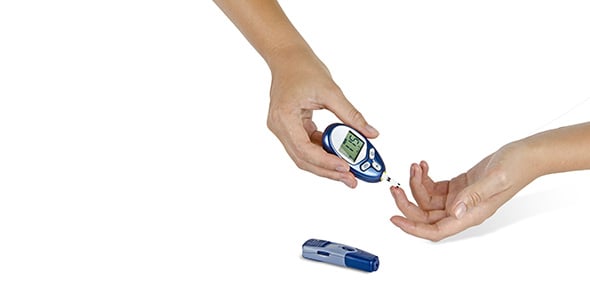Pharm Chapter 44; Drugs For Diabetes
- ACPE
- AMA
- ADA
2.
You may optionally provide this to label your report, leaderboard, or certificate.
Submit
Submit
Submit
Submit
Submit
Submit
Submit
Submit
Submit
Submit
×
Thank you for your feedback!
















